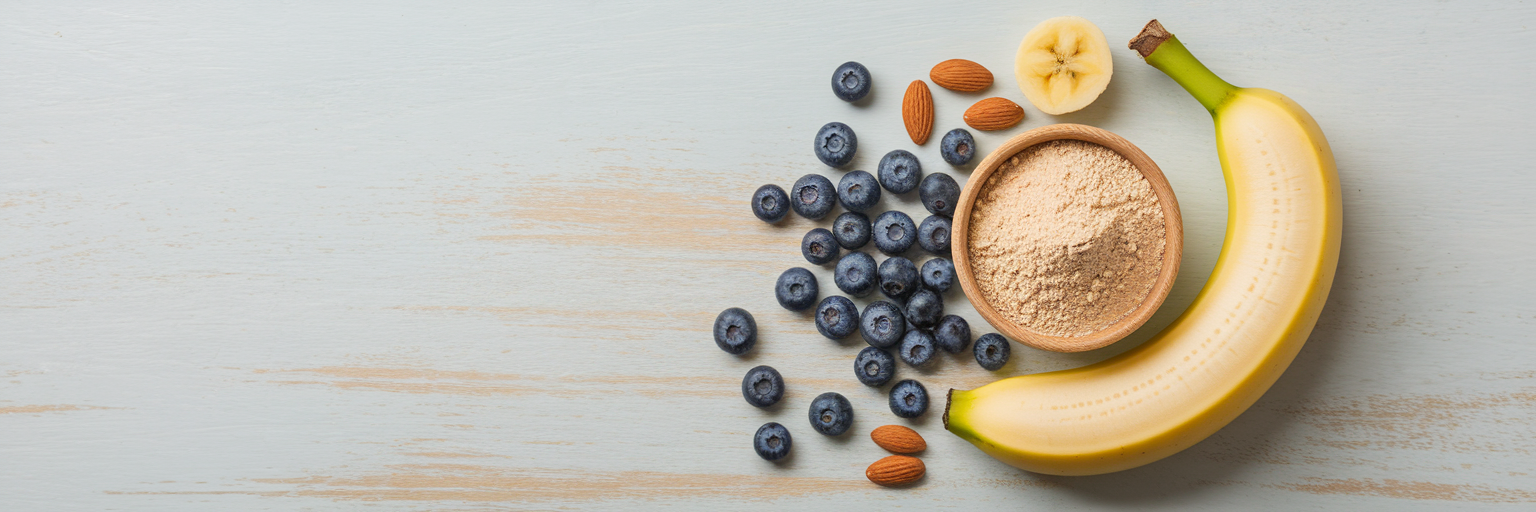Fueling Your Fitness with Plant Power
There’s a unique satisfaction in the gentle ache of your muscles the day after a great workout. It’s not just soreness; it’s a signal from your body that you’ve put in the work and it’s ready to rebuild stronger. The big question is, what’s the best way to refuel to support that process and make the most of your efforts? For many, the answer is found in a clean, powerful, and sustainable source: vegan protein powder.
Effective plant based muscle recovery is about giving your body exactly what it needs, without the things it doesn’t. Plant proteins are often easier on the digestive system and represent a more sustainable choice for the planet. In this article, we’ll explore the science behind muscle repair, the best time to refuel, which plant proteins pack the biggest punch, and some delicious recipes to make your recovery something you actually look forward to.
The Science of How Muscles Rebuild Stronger
When you challenge your muscles with exercise, especially resistance training, you’re creating thousands of tiny micro-tears in the muscle fibers. This might sound alarming, but it’s actually the entire point. These tears are the signal that tells your body it’s time to repair and grow. This natural repair process is called Muscle Protein Synthesis (MPS), and it’s how your muscles get stronger over time.
Think of MPS as a construction crew for your body. To do their job, they need building materials. Those materials are amino acids, which we get from protein. Among these, a special group called Essential Amino Acids (EAAs) are the most critical because our bodies can’t produce them on their own. And leading the crew is an amino acid named Leucine, which acts like the foreman, kicking off the entire repair project.
This is where high-quality vegan protein for muscle repair comes in. Plant-based protein powders are packed with the amino acids your body needs to rebuild efficiently. You might wonder if they work as well as animal-based proteins, and the science is encouraging. Research published in the Journal of the International Society of Sports Nutrition highlights that plant-based proteins can stimulate muscle growth just as effectively as whey, as long as they provide a complete and robust amino acid profile. It’s all about giving your body the right tools for the job.
When to Drink Your Protein Shake for Best Results

You’ve probably heard about the "anabolic window," the idea that you need to consume protein within 30 to 60 minutes after your workout for the best results. This advice became popular because getting protein in quickly helps kickstart that Muscle Protein Synthesis we just talked about. When you ask when to drink protein after workout, this window is a great target to aim for.
While timely intake is certainly beneficial, as supported by studies in journals like Sports Medicine, the window might be a bit more flexible than we once thought. The most important thing is ensuring your body gets the protein it needs to repair. Adding a source of carbohydrates, like a banana or some oats, to your shake is also a smart move. Carbs help replenish glycogen, which is the primary fuel your muscles burn during exercise.
So, what’s the takeaway? Aim to have your protein shake soon after you finish your workout, but don’t stress if you’re a little late. Consistency in your nutrition day after day is what truly drives long-term progress. For more tips on building healthy habits, you can explore the articles on our Beyond Good Foods blog.
Choosing the Right Plant-Based Protein Powder
Walking down the supplement aisle can feel overwhelming with so many options. In the US, the most popular vegan proteins are typically derived from peas, rice, soy, and hemp. Each has its own unique strengths. A key concept to understand is that of a "complete protein," which is one that contains all nine essential amino acids (EAAs) your body needs for repair.
While some plant sources like soy are complete on their own, protein blends are often created to deliver an even better amino acid profile. This is where the pea and rice protein benefits truly shine. Pea protein is rich in Leucine, our "foreman" amino acid, while brown rice protein helps round out the profile, creating a powerful combination for muscle building. This blend is also hypoallergenic and easy to digest for most people.
Beyond muscle support, plant proteins offer other wellness advantages. They are naturally cholesterol-free and lower in saturated fat, which supports cardiovascular health, a benefit noted in research from journals like Nutrients. They also provide a good source of dietary fiber. If you're curious to see how different options stack up, you can learn more about some of the best protein powders available and find the right fit for your goals.
| Protein Source | Key Feature | Amino Acid Profile | Best For |
|---|---|---|---|
| Pea Protein | High in Leucine & Iron | Rich in BCAAs, low in methionine | Muscle building and satiety |
| Rice Protein | Hypoallergenic & Easy to Digest | Good BCAA profile, complements pea protein | Sensitive stomachs and post-workout recovery |
| Soy Protein | Complete Protein | Contains all 9 essential amino acids | All-around muscle repair and growth |
| Hemp Protein | Rich in Fiber & Omega-3s | Complete protein, but lower in Leucine | Overall wellness and digestive health |
This table provides a snapshot of the most common vegan proteins. Blends, particularly pea and rice, are often recommended to create a complete and powerful amino acid profile for optimal muscle repair.
Easy and Delicious Post-Workout Shake Recipes

The best recovery routine is one you’ll actually stick with, and that means it has to be enjoyable. Forget gritty, bland shakes. These simple and delicious post workout vegan shake recipes are designed to refuel your body and delight your taste buds. All you need is a blender!
Classic Muscle-Building Shake
This shake is a powerhouse of protein and simple carbs. The banana helps replenish your energy stores, while the protein gets to work on muscle repair.
Ingredients: 1 scoop vanilla or chocolate vegan protein powder, 1 frozen banana, 1 cup unsweetened almond milk, 1 tbsp almond butter.
Antioxidant Berry Blast Shake
Packed with antioxidants from mixed berries, this shake helps your body manage exercise-induced inflammation.
Ingredients: 1 scoop vanilla vegan protein powder, 1 cup frozen mixed berries, 1 cup coconut water, 1 tbsp chia seeds.
Tropical Recovery Smoothie
This smoothie feels like a mini-vacation. The pineapple contains bromelain, an enzyme that can aid in recovery, making it a perfect post-workout treat.
Ingredients: 1 scoop vanilla vegan protein powder, ½ cup frozen mango, ½ cup frozen pineapple, 1 cup orange juice.
Pro-Tip: Add a handful of ice before blending for a thicker, frostier texture. A dash of cinnamon or a spoonful of cacao powder can also add a delicious flavor boost without extra sugar. For more ideas, check out these 3 easy vegan protein recipes you'll actually crave.
More Ways to Boost Your Protein Intake
While post-workout shakes are fantastic for recovery, vegan protein powder is incredibly versatile. Integrating it into your daily meals and snacks is an easy way to ensure your muscles have a steady supply of amino acids for repair, even on your rest days. It’s simpler than you might think to give your favorite foods a protein boost.
Here are a few simple ideas to get you started:
- Power Up Your Breakfast: Stir a scoop of vanilla or unflavored protein powder into your morning oatmeal or overnight oats. It adds creaminess and keeps you feeling full longer.
- Create No-Bake Energy Balls: Mix protein powder with oats, nut butter, and a little maple syrup. Roll into bite-sized balls for a perfect grab-and-go snack that satisfies your sweet tooth.
- Bake Healthier Treats: Add a scoop or two of protein powder to your pancake, waffle, or muffin batter. It’s a simple way to make your weekend brunch more nutritious without sacrificing flavor.
By thinking beyond the shaker bottle, you can effortlessly meet your protein needs and support your fitness goals every day.
Answering Your Top Questions
Switching to a new protein can bring up some questions, so let's address a few of the most common ones directly. Our goal is to help you feel confident and informed on your plant-powered journey.
1. Will vegan protein make me feel bloated?
Some people experience bloating when they first try a new protein. If this happens, you can try starting with a smaller serving size or choosing a protein that’s known for being easily digestible, like brown rice protein. Giving your body a few days to adjust often helps.
2. Is it really as effective as whey protein?
Yes! As we mentioned earlier, scientific consensus shows that high-quality plant protein blends that offer a complete amino acid profile are just as effective for muscle building and repair as whey protein. The key is the quality and completeness of the amino acids.
3. What if I don't like the taste or texture?
We get it. Early versions of vegan proteins sometimes had a reputation for being gritty or having an earthy taste. Thankfully, formulas have improved dramatically. Modern plant proteins are smoother and more delicious than ever. A great tip is to blend your powder with creamy ingredients like a banana, avocado, or a spoonful of nut butter to create an incredibly smooth shake.
If you have more questions, we’ve answered many more on our detailed FAQ page.
Your Plant-Powered Recovery Plan
Making the most of your workouts comes down to smart recovery. Remember, your muscles need amino acids to repair, timing your protein intake after exercise gives them a head start, and blended vegan proteins are an excellent tool for the job. You’re putting in the hard work, and fueling your body properly is the final step to seeing the results you want.
Feeling inspired? Share this article with a friend who’s on their own fitness journey. Ready to upgrade your recovery? Explore our clean and delicious Chocolate Vegan Protein.



